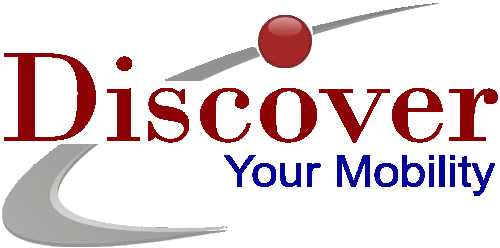Causes, incidence, and risk factors
Most of the time, the cause of scoliosis is unknown. This is called idiopathic scoliosis. It is the most common type. It is grouped by age.
- In children age 3 and younger, it is called infantile scoliosis.
- In kids age 4 - 10, it is called juvenile scoliosis.
- In older kids age 11 - 18, it is called adolescent scoliosis.
Scoliosis most often affects girls. Some people are just more likely to have curving of the spine. Curving generally gets worse during a growth spurt.
Other types of scoliosis are:
- Congenital scoliosis: This type of scoliosis is present at birth. It occurs when the baby’s ribs or spine bones do not form properly.
- Neuromuscular scoliosis: This type is caused by a nervous system problem that affects your muscles, such as cerebral palsy, muscular dystrophy, spina bifida, and polio.
Symptoms
Usually there are no symptoms. But symptoms can include:
- Backache or low-back pain
- Tired feeling in the spine after sitting or standing for a long time
- Uneven hips or shoulders (one shoulder may be higher than the other)
- Spine curves more to one side
Kyphoscoliosis is another type of abnormal curving of the spine. For more information, see: Kyphosis
Signs and tests
The health care provider will perform a physical exam. You will be asked to bend forward. This makes your spine easier to see. It may be hard to see changes in the early stages of scoliosis.
The exam may show:
- One shoulder is higher than the other
- The pelvis is tilted
X-rays of the spine are done. It is important to have x-rays, because the actual curving of the spine may be worse than what your doctor can see during an exam.
Other tests may include:
- Spinal curve measurement (scoliometer screening)
- MRI of the spine
Treatment
Treatment depends on many things:
- The cause of scoliosis
- Where the curve is in your spine
- How big the curve is
- If your body is still growing
Most people with idiopathic scoliosis do not need treatment. However, you should be checked by a doctor about every 6 months.
If you are still growing, your doctor might recommend a back brace. A back brace prevents further curving. There are many different types of braces. What kind you get depends on the size and location of your curve. Your health care provider will pick the best one for you and show you how to use it. Back braces can be adjusted as you grow.
Back braces work best in people over age 10. Braces do not work for those with congenital or neuromuscular scoliosis.
Sometimes, surgery is needed.
- Scoliosis surgery involves correcting the curve as much as possible.
- The spine bones are held in place with one or two metal rods, which are held down with hooks and screws until the bone heals together.
- Surgery may be done with a cut through the back, belly area, or beneath the ribs.
After surgery, you may need to wear a brace for a little while to keep the spine still.
You may need surgery if the spine curve is severe or getting worse very quickly. The surgeon may want to wait until all your bones stop growing, but this isn’t always possible.
Scoliosis treatment may also include:
- Emotional support. Some kids, especially teens, may be self-conscious when using a back brace
- Physical therapy and other specialists to help explain the treatments and make sure the brace fits correctly.
Expectations (prognosis)
How well you do depends on the type, cause, and severity of the curve. The more severe the curving, the more likely it will get worse after you stop growing.
People with mild scoliosis do very well with braces. They usually do not have long-term problems. However, scoliosis can make you more likely to have back pain when you get older.
The outlook for those with neuromuscular or congenital scoliosis varies. Patients with neuromuscular scoliosis have another serious disorder (like cerebral palsy or muscular dystrophy) so their goals are much different. Often the goal of surgery is simply to allow a child to be able to sit upright in a wheelchair.
Congenital scoliosis is difficult to treat and usually requires many surgeries.
Complications
Complications of scoliosis can include:
- Breathing problems (in severe scoliosis)
- Low back pain
- Lower self-esteem
- Persistent pain if there is wear and tear of the spine bones
- Spinal infection after surgery
- Spine or nerve damage from an uncorrected curve or spinal surgery
Calling your health care provider
Call your health care provider if you suspect your child may have scoliosis.
Prevention
Routine scoliosis screening is now done in middle and junior high schools.
Screening has helped detect early scoliosis in many kids.
References
- Hedequist DJ. Surgical treatment of congenital scoliosis. Orthop Clin North Am. 2007;38:497-509, vi.
- Lonner BS. Emerging minimally invasive technologies for the management of scoliosis. Orthop Clin North Am. 2007;38:431-440.









